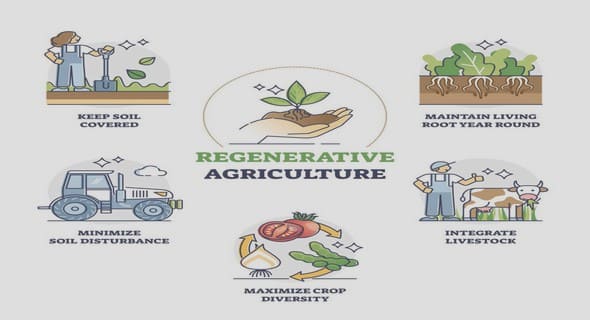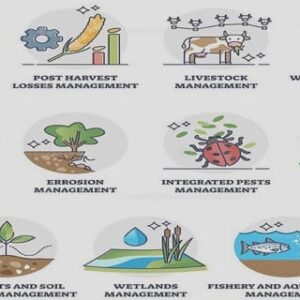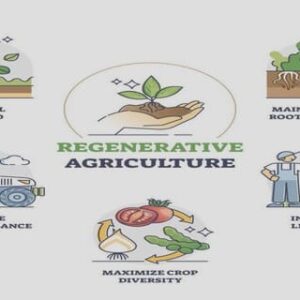(Downloads - 0)
For more info about our services contact : help@bestpfe.com
Table of contents
Chapter 1: Introduction
1. New stakes for agriculture
1.1. Intensification
1.2. New paradigms for apple farming systems
2. Potential of plurispecific agrosystems: the case of agroforestry
2.1. Impact of aboveground interactions among plants
2.2. Impact of belowground interactions among plants
3. Prototyping fruit tree based agroforestry: the case of an apple orchard
3.1. Apple tree
3.2. How shade can affect apple tree
3.3. Tree architecture as a framework to analyse adaptation to AFS
4. Objectives
5. Materials and methods
5.1. Study site
5.2. Light quantification
5.3. Apple tree traits
5.4. Sap flow measurement
Chapter 2: A critical assessment of neighbourhood crowding index: application study in an agroforestry system of timber and fruit tree
1. Introduction
2. Materials and methods
2.1. Study site and plant material
2.2. Apple tree traits
2.3. NCI Computation
2.4. Light quantification
2.5. Data analysis
3. Results
3.1. Estimation of PAR under the canopy of walnut tree
3.2. Comparison between PARTLS, PARHP and NCI
4. Discussion
4.1. Comparison of PARHP and PARTLS methodologies
4.2. Agrosystem management as key to control above- and belowground interactions
Chapter 3: Apple tree adaptation to shade in a fruit tree based agroforestry system
1. Introduction
2. Materials and methods
2.1. Study site
2.2. Light quantification
2.3. Data collection
2.4. Data analysis
3. Results
3.1. Shade adaptation traits
3.2. Floral initiation
3.3. Phenology
4. Discussion
4.1. Changes in morphology, architecture and phenology
4.2. Changes in the reproductive strategy
5. Conclusion
Chapter 4: Can agroforestry improve apple trees water use? – An essay combining environmental variables and sap flow
1. Introduction
2. Materials and methods
3. Results
4. Discussion
Chapter 5: Discussion
1. Overview and main results of the thesis
1.1. Light management is essential in AT-AFS
1.2. Impact of shade on apple trees morphology, architecture and phenology
1.3. Shade as a tool to limit transpiration during summer and to buffer extreme heat
1.4. Potential of AT-AFS
2. Limits of the study
3. Perspectives
4. Conclusion



